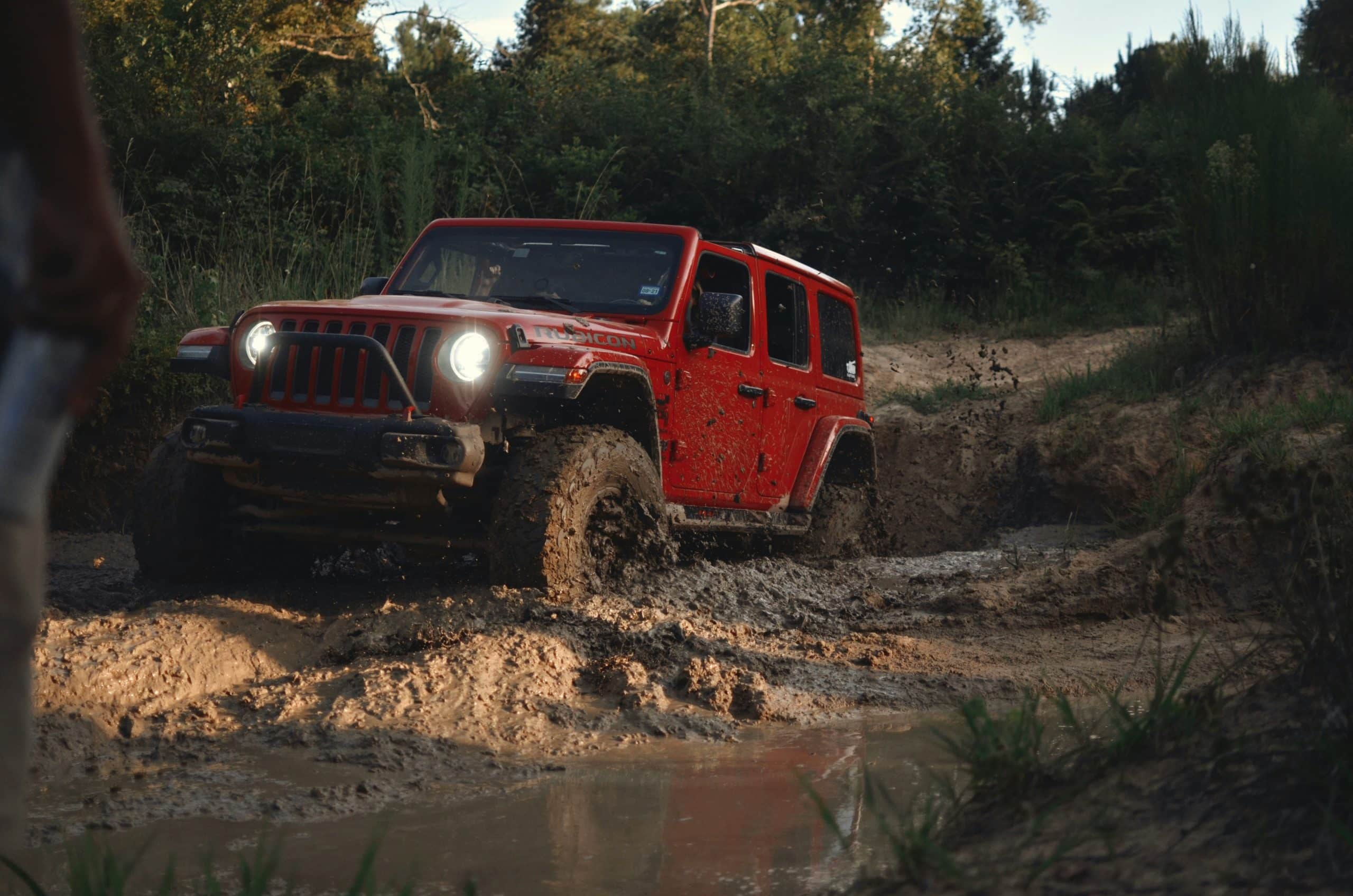Backup camera systems have become an indispensable feature in modern vehicles, enhancing driving safety and convenience. However, older vehicle models that were manufactured before the advent of this technology often lack this useful component. Fortunately, the aftermarket provides a host of solutions. This article will guide you through the best methods for installing a backup camera system in older vehicle models, providing a comprehensive understanding of the process, the tools required, and the considerations to keep in mind.
Choosing the Right Backup Camera System
Before delving into the installation process, it’s paramount to select a backup camera system that suits your vehicle’s specific requirements. Not all systems are created equal, and the range of options available can seem overwhelming. In this section, we’ll outline the key factors you need to consider to make an informed decision.
A lire également : What’s the Impact of Forged Connecting Rods on High-Performance Engine Durability?
Firstly, assess the compatibility of the system with your vehicle. You must ensure that the backup camera system can be seamlessly integrated into your car’s existing configuration. Consider factors such as the type of monitor (stand-alone screen or rearview mirror display), the camera’s field of vision, and whether the system operates in a wired or wireless mode.
Another crucial factor to consider is the system’s quality. While you may be tempted to opt for cheaper options, remember that the camera’s resolution and durability are paramount. Look for a camera with a high resolution for clear, sharp images, and ensure it has a robust, weatherproof design for longevity.
A voir aussi : Can You Improve Your Vehicle’s Off-Road Capability with a Locking Differential Upgrade?
Lastly, consider ease of installation. Some backup camera systems come with detailed instructions and are designed for easy DIY installation, while others may require professional installation.
Gathering the Necessary Tools
Proper installation of a backup camera system requires specific tools. Remember, safety is paramount. Be sure to have all the necessary tools at your disposal before starting the installation process.
Depending on the backup camera system you choose, the tools you’ll need may vary. However, some basic tools are necessary for almost all installations. These include a drill (for camera and monitor mounting), a wire crimper (for secure connections), a wire stripper (for preparing wires), electrical tape (for insulation), and cable ties (for neatness).
Having the correct tools not only ensures a smooth installation process but also avoids potential damage to your vehicle or the camera system.
Installation of the Backup Camera System
Now that you’ve chosen the right backup camera system and gathered all the necessary tools, it’s time to install the system. While the exact steps may vary depending on the specific model and specifications of your backup camera system, the following steps provide a general guide to the installation process.
First, connect the camera to the power source in your car. This is normally done by tapping into your car’s reverse light wiring. This way, the camera is powered on automatically when you shift your car into reverse.
Next, you’ll need to mount the camera at the rear of your vehicle. Most backup cameras are designed to be installed in the license plate area, but some may be mounted elsewhere. Be sure to check the instructions provided with your specific camera system.
Once the camera is installed and connected to the power source, you’ll need to install the monitor display. This usually involves connecting the monitor to the car’s power system and to the camera (either through wiring or wirelessly). The monitor is usually installed on the dashboard or replaces the rearview mirror.
Finally, you need to route the wires from the rear of the vehicle to the front. This can be a time-consuming process, which includes hiding the wire under panels or carpeting to maintain a clean, professional look.
Testing the Backup Camera System
After installing the backup camera system, it’s essential to test its functionality before hitting the road. This step ensures that the camera and monitor are working correctly and helps identify any potential issues that may need to be addressed.
To test the backup camera system, simply start your vehicle and shift it into reverse. The monitor should display the view from the rear camera. Check the clarity of the image, ensuring it provides a clear, wide-angle view of the area behind your vehicle. If you encounter any issues, review your installation steps to identify and correct the problem.
Maintenance and Troubleshooting
Once you have your backup camera system installed and functioning properly, keeping it in optimal condition is crucial. Regular maintenance and troubleshooting will ensure that your camera system continues to operate effectively and provide safe backing up for a long time.
Maintenance of your backup camera system typically involves cleaning the lens regularly to ensure clear visibility. Remember to use a gentle, non-abrasive cloth and suitable cleaning solution to avoid damaging the lens.
If you encounter issues with your backup camera system, such as a fuzzy display or no image at all, don’t panic. Begin by checking the connections – a loose wire could be the culprit. If the issue persists, you may need to consult the user manual or contact the manufacturer’s customer service.
Factors Affecting the Performance of Your Backup Camera System
Although you’ve carefully selected a top-quality backup camera system for your older vehicle model, bear in mind that several factors can affect its performance. Understanding these factors can help you maximize the effectiveness of the system, enhancing your driving safety.
One important consideration is the light conditions under which the camera operates. Backup cameras typically function well in daylight, but their performance may decline in low-light conditions or at night. Therefore, it’s worth investing in a model that has high low-light performance or comes with integrated night vision capabilities.
Weather conditions can also play a role. Rain, snow, or fog may affect the clarity of the camera’s image. A camera that has a water-resistant or waterproof design and a built-in defogging function can help mitigate these issues.
The camera’s mounting position can likewise have an impact on its performance. If the camera is positioned too high, the image might not adequately cover the area immediately behind your vehicle. Conversely, if it’s positioned too low, it may capture too much of the ground and not enough of the wider area.
Lastly, remember that the performance of a backup camera system is not just about the camera itself. The quality and size of the monitor display can also influence how effectively you can interpret the camera’s feed. Larger, high-resolution monitors can provide a clearer, more detailed image.
Conclusion: Enhancing Safety with a Backup Camera System
With the right knowledge and a bit of patience, installing a backup camera system in older vehicle models can be a straightforward and rewarding process. Not only does it provide added safety when reversing or parking, but it also increases your vehicle’s overall value.
Choosing the right backup camera system involves considering the system’s compatibility with your car, its quality, and ease of installation. Make sure you gather all the necessary tools before you begin the installation process. Following the general installation steps will help you successfully install the system, but remember to refer to the specific instructions provided with your backup camera system.
Testing is crucial to ensure your backup camera system functions correctly, and regular maintenance will keep it working optimally for years to come. Also, be aware of the factors that may affect its performance, such as light and weather conditions and the camera’s mounting position.
In conclusion, a backup camera system is a valuable addition to any older vehicle. It enhances safety, improves convenience, and even boosts the car’s resale value. By understanding how to select, install, and maintain your backup camera system, you can enjoy all these benefits and more.






